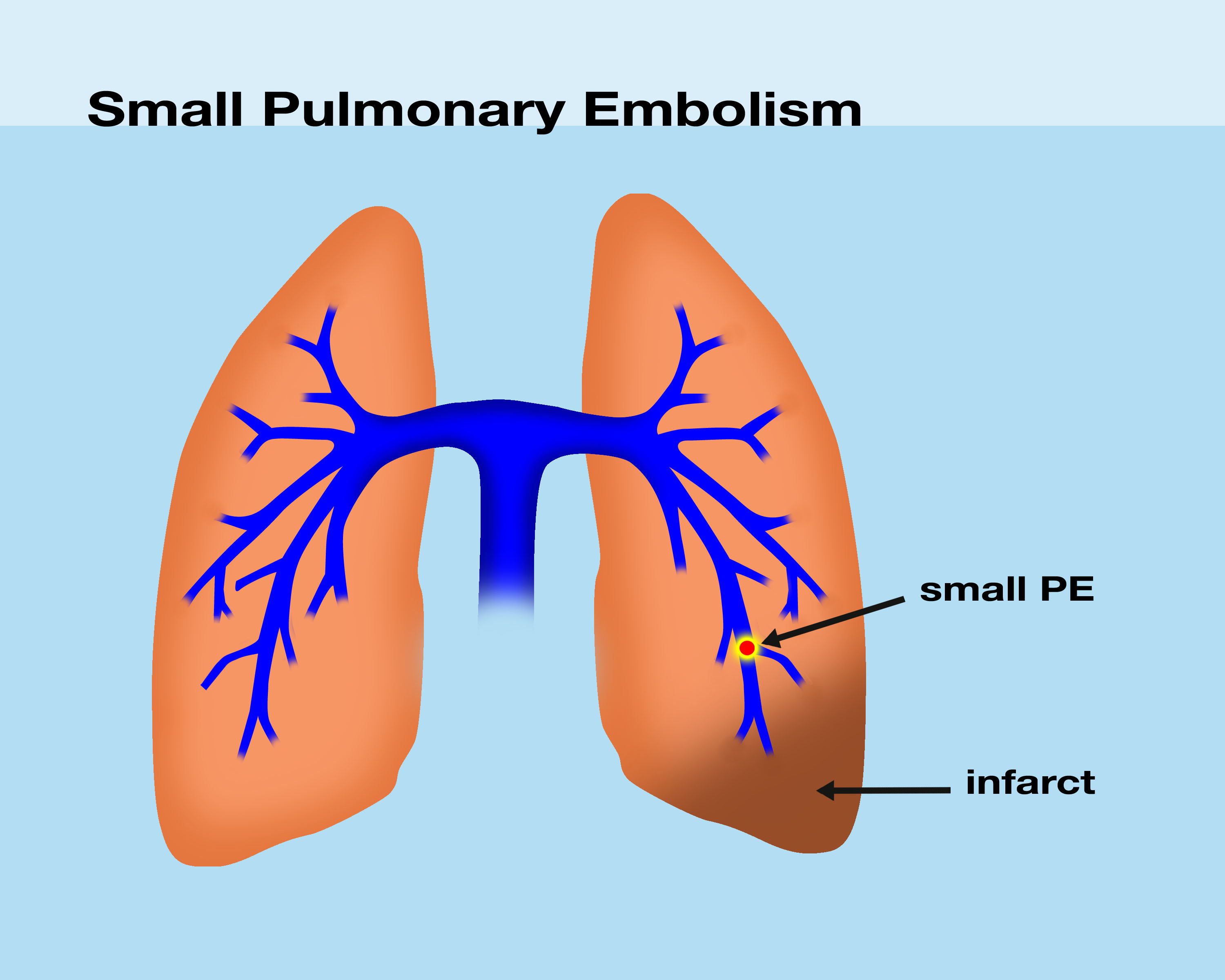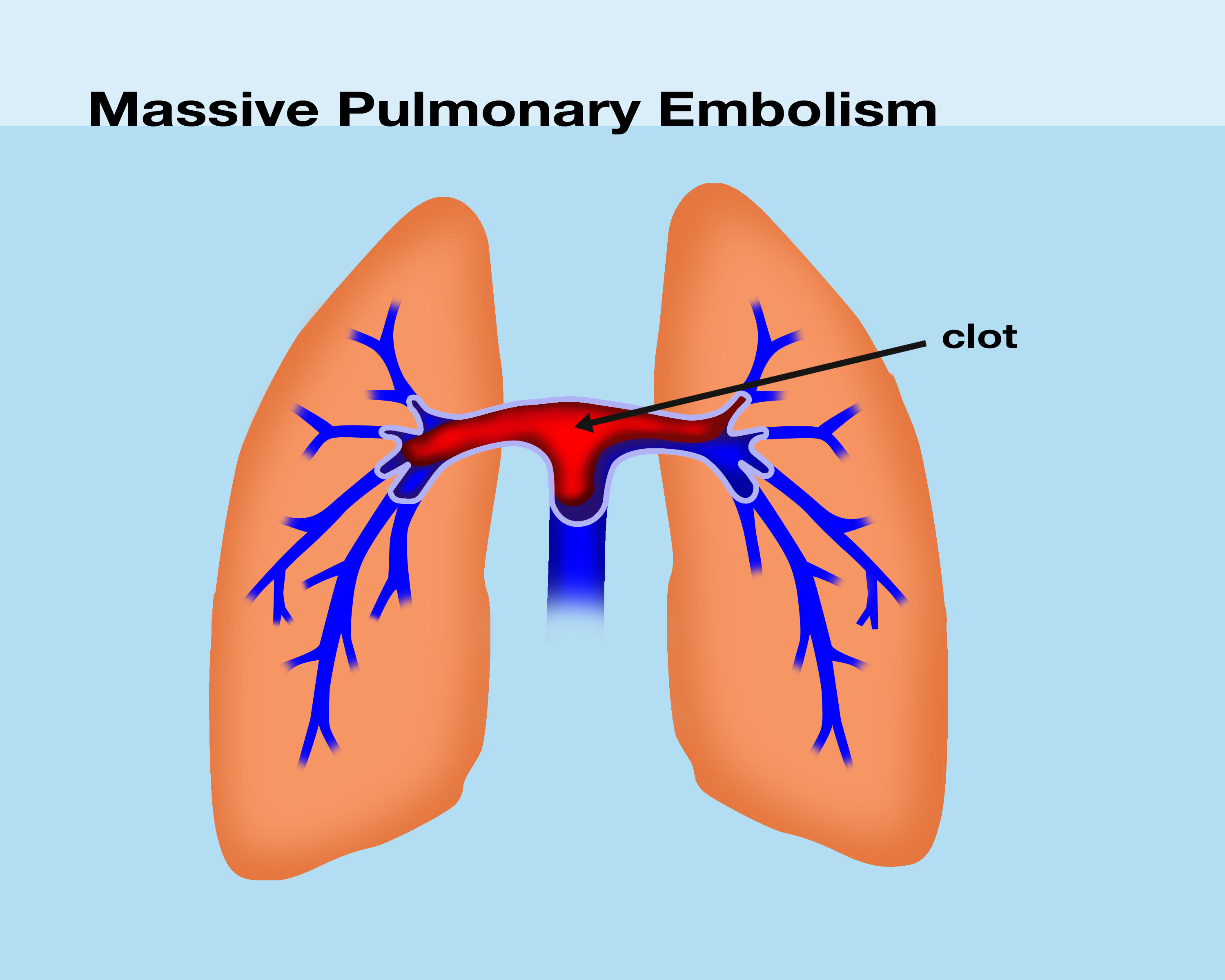What are the symptoms of a blood clot?
Learn the signs, symptoms and risk factors for blood clots in the veins (venous clots). Understand Deep Vein Thrombosis (DVT) and Pulmonary Embolism (PE).
Veins are the blood vessels that carry blood back to the heart. Clots which occur in the veins may be referred to by different names:
- venous thromboembolism (or VTE for short)
- venous thrombosis
- venous clot
- vein clot
All these terms describe a blood clot which has occurred in a vein.
Deep Vein Thrombosis (DVT)
A blood clot which forms in a deep vein of the body is called Deep Vein Thrombosis, often referred to as DVT for short.
Deep vein thrombosis can be difficult to identify because symptoms may be subtle and can be similar to other health conditions.
Deep vein thrombosis can occur anywhere in the body, but is most common in the leg.
Symptoms of Deep Vein Thrombosis (DVT) can include:
Pain: typically in one leg, may range from feeling a mild heaviness, to moderate discomfort, to severe pain
Swelling: of the legs, ankles or feet
Discoloration: bluish, puplish or redish skin discoloration
Warmth: leg may be warm to the touch
However, about half of the people who develop deep vein thrombosis experience no noticeable symptoms at all.
Pulmonary Embolism
A life-threatening complication of deep vein thrombosis (DVT) is pulmonary embolism, often referred to as PE.
A pulmonary embolism occurs when a blood clot breaks off, travels through the blood stream and lodges in the lung. If a clot is large enough to stop blood flow, it can be fatal.
 |
 |
definition: infarct = death of tissue
Symptoms of Pulmonary Embolism (PE) can include:
Shortness of breath: may be sudden
Chest pain: sharp may be worse with deep breath
Unexplained cough: sometimes may cough up blood
Rapid heart rate
Deep vein thrombosis and pulmonary embolism requires immediate medical attention. Once a clot has moved to the lungs, one in ten people die within the first hour, so rapid diagnosis and treatment is crucial. Don’t delay.
Graphic designs by Jeff Harrison, Stephan Moll®
NEXT TOPIC: Are you at risk for developing at blood clot?